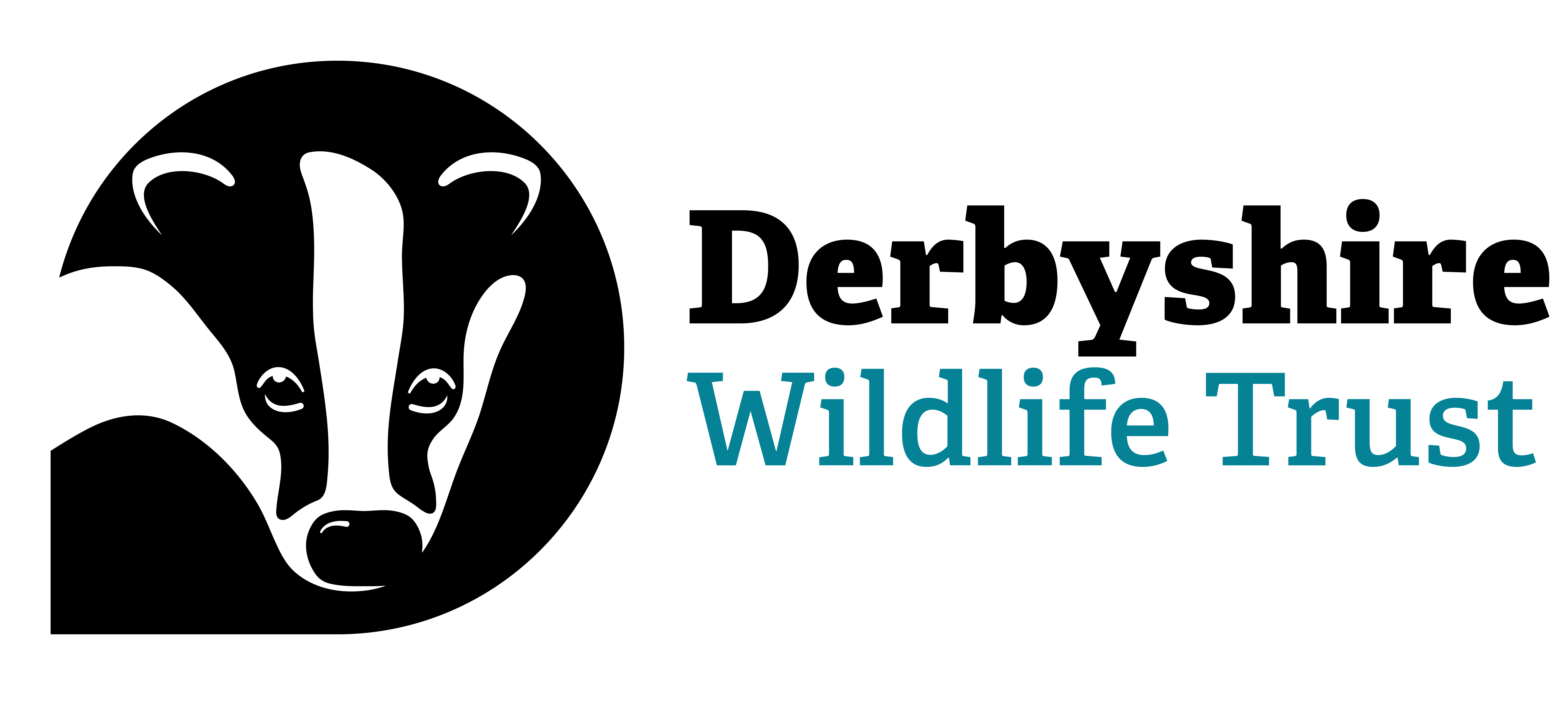Hello Karen, tell us about yourself and how you started your farm?
A lifelong connection with nature was forged during my childhood, spent exploring the soft unspoilt Worcestershire countryside (when I wasn’t helping out milking at the traditional neighbouring farm and scrumping their orchards). Later, I roamed the 70 acre Derbyshire moorland farm that my family purchased in 1971, enchanted by the haunting calls of curlew, lapwing and snipe.
During the 1980’s, after marriage, I moved to Kelstedge and over the years increased the acreage there to include Eddlestowe Wood, Robridding and Yew Tree Farms. I kept horses, traditional Hereford cattle and sheep. Farming is in the blood as I am descended from generations of farmers on my mother’s side of the family.
At first, I accepted the modern methods of local farmers and my lush, dark, harrowed and rolled fields looked immaculate, but my stock looked poor so I soon reverted to traditional methods and my animals started to win prizes.
This was the beginning of my rewilding journey. Areas fenced off and left ungrazed are now 40 year old Oak woodlands. Each acorn probably planted by a Jay. Left untilled, mown in late summer for hay and leniently grazed, the meadows hold an abundance of wildlife – a profusion of wildflowers, butterflies, moths and several red-listed species of birds. Resilient grassland hosts a less obvious but plentiful biodiversity of invertebrates and reptiles based on excellent soil health.
This farm has become an oasis for wildlife in the face of climate change. My connection with nature has become a passion and has never been more deeply felt.
What is your drive to farm for ecosystem services?
I’m very concerned about climate change, I see it first-hand. My passion for nature is what drives me to do all I can to protect biodiversity and ecosystems. That passion drives me to provide a refuge for as many diverse species as possible by providing them with a safe environment in which they may survive.
There are lots of nature reserves and nature friendly farms but for wildlife they are fragmented and vulnerable and for wildlife to flourish they need to be connected.
That’s where the Wild Peak project comes into it’s own.





